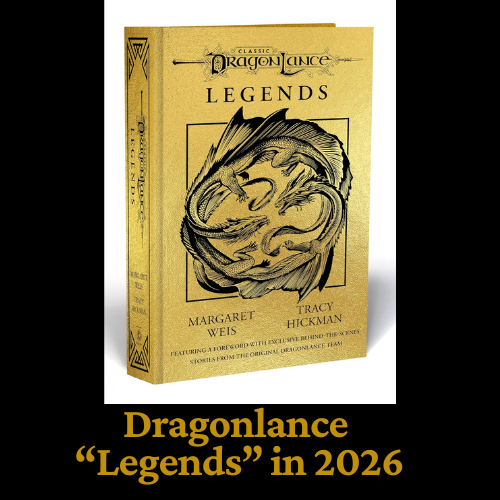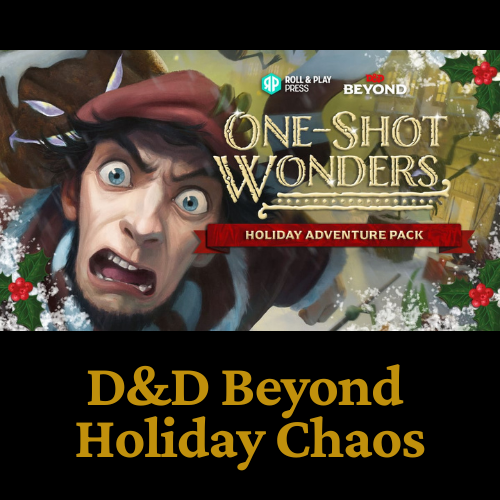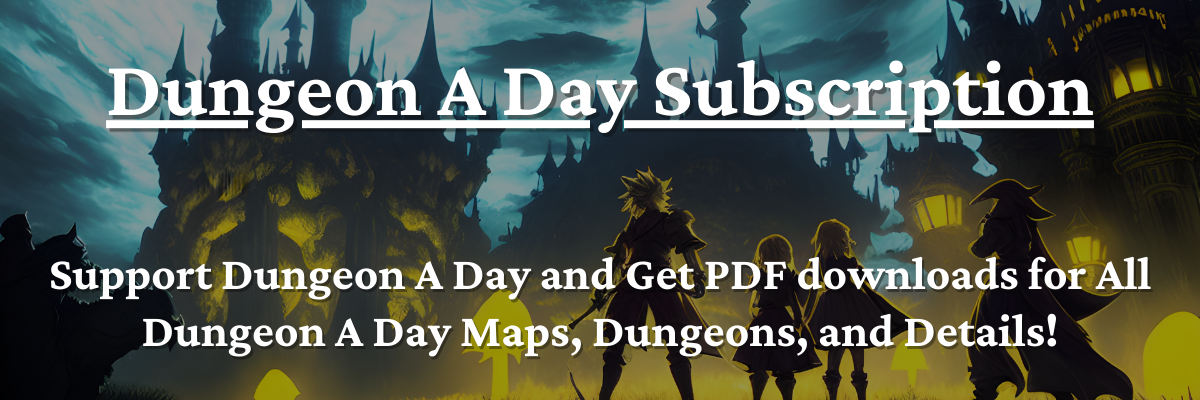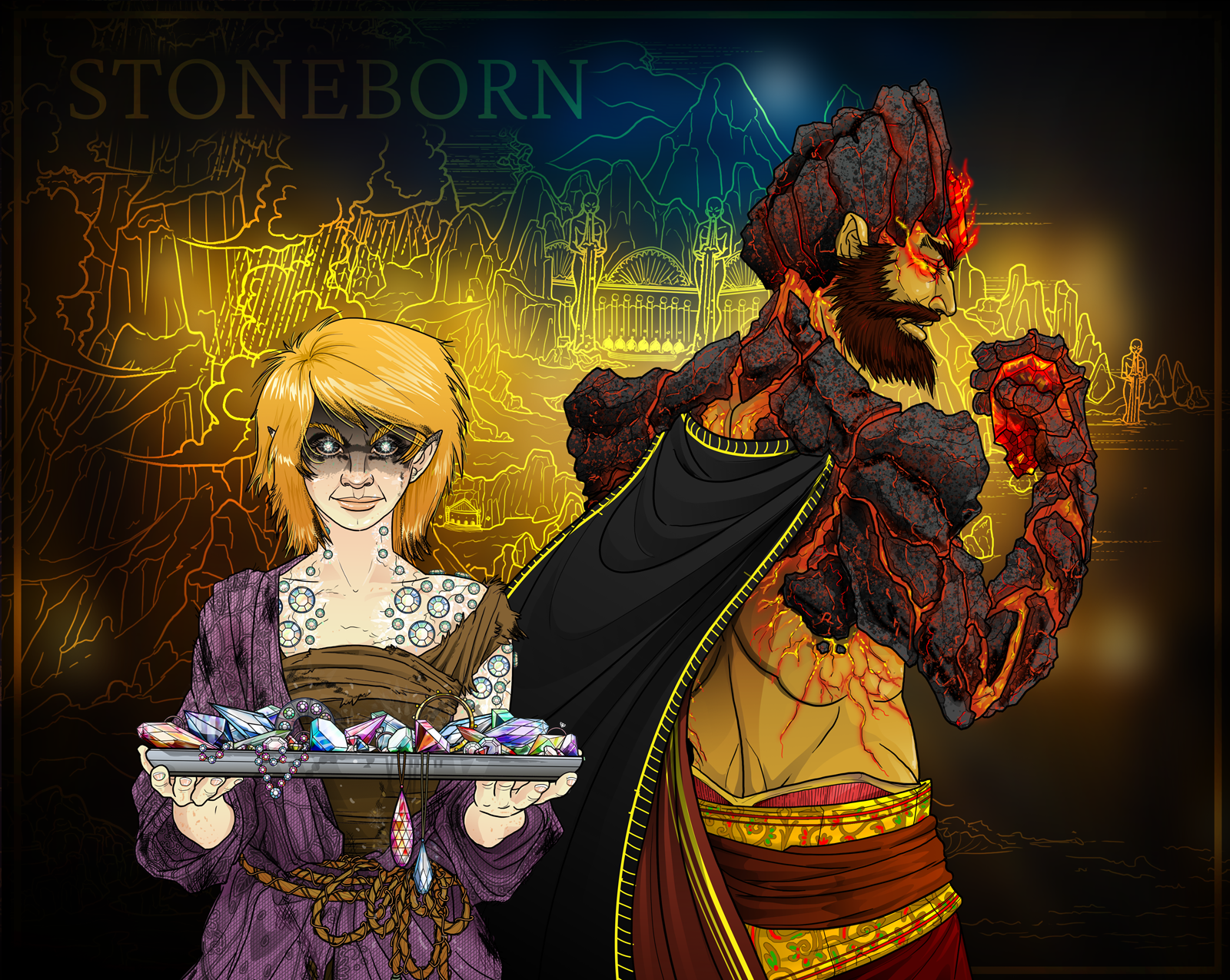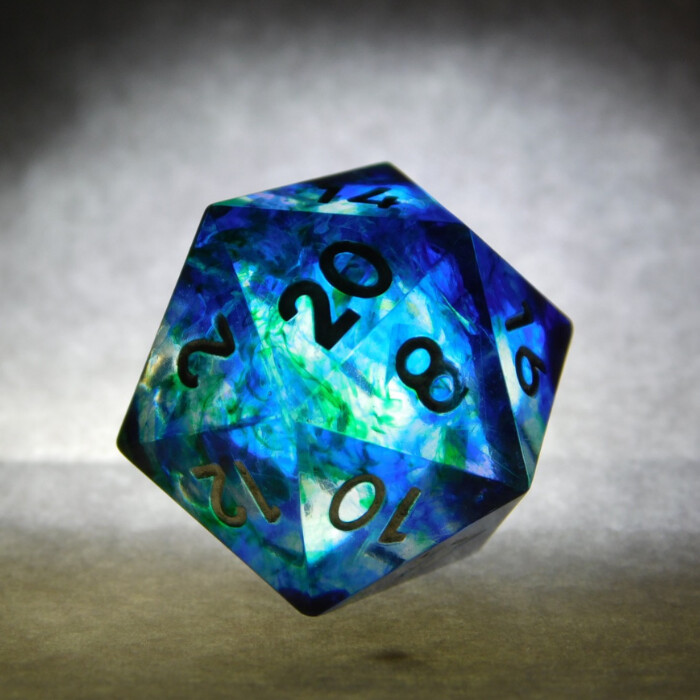Dungeon A Day - Furiaes Castle - Day 25
In a leaf-fallen forest, under a full moon, a dark shadow lies over a single cottage. Looking up, you can just make out the outline of a ghost-like castle, somehow floating in the autumn skies.
Beneath it, candle-like wisps flit about, summoning all souls who can hear their call, to the "doorway" through which all may pass to the floating keep.
This is the place to which children from the nearby village have been kidnapped, reports claim. But seeing Furiaes Castle in person is more unsettling than you'd hoped.
Day 25 - Gothic Cathedral
Use the Dungeon A Day Adaptation Page to Modify this Content to fit Your Favorite TTRPG
Room Description (Read the Following Text to Your Players)
Before you is presented a gothic masterpiece – a chapel dedicated to dark spirits and doom-ridden gods.
Dark green, stained glass casts gloomy light upon statues of 4-crimson horsemen of the apocalypse. Their look down upon you from their frightful mounts, all with faces filled with agony and fear. Ghosts flit in and out of sight, calling out to the chapel in religious fervor.
Among the many dark implements, books, and black-burning candles, you see a single jack-o’-lantern. Its bright flame burns joyously, and calls out to you in a subtle manner.
Before you can think too much about it, however, a large figure wrapped in a blackened robe moves towards you, as if floating.
“I hear that you require the ‘Noble Keys,'” the creature says, though you can see no face under its dark hood. It pulls out an ornate, crimson colored chain, and dangles it before you. "I require blood... what say you to a trade, weary heroes?"
Room Treasures
- Birane: this vampire is the head cultist of the chapel, and is willing to trade the "The Coven's Blood Key," for a drink of blood. He cares not for the children or the wishes of the Furiaes, and knows the heroes must be powerful, to have made it this far into the castle. He's willing to defend himself, but prefers diplomacy. If players accept, he'll drink blood from each of them (dealing 1damage to all characters) and then willingly hand over the key. Creating this trade with Birane will also give him a favorable disposition to the party, and he essentially becomes an ally that may be called upon later in the adventure, as well (such as by using the "castle's servants" from dungeon room 20).
- Dullahan's Head: if players inspect the jack-o'-lantern, a successful Intelligence roll (Fate Roll Difficulty matches Avg. Party Level, -2) reveals that this may, in fact, be the missing head for the suit of armor in dungeon room 18. If players take this lantern of a head to "Dullahan," the armor will place it upon his head and introduce himself as the first ever victim of the Furiaes. His curse, for breaking an oath, was to forever serve the Ladies. However, he detests that they've kidnapped children (a new low for them, he claims), and is willing to help the party by telling them how to acquire each key.
The Fairy Skeleton's Key is usually kept by servants of Megaera, who eats in the dining room (dungeon room 4) as a way to bypass the guardian gargoyles. He suspects that key is located either there, or in the kitchen (dungeon room 13).
The Key of Undeath is held by Lady Omega. She enjoys the ballroom (in dungeon room 6). The Lady will be delighted to hear that the porcelain doll has been permanently shattered - who the Lady feared - and Dullahan suggests that the party request the key from her, as a reward. He's certain she'll agree. If she fled the party, through the fireplace in dungeon room 7, Dullahan suggests that she can be found in dungeon room 28, probably waiting on the Furiaes, Tisiphone.
The Sorcerer's Key is held by Lady Alpha. She enjoys brewing in her cauldron (in dungeon room 13). Dullahan says that she is a coward, and suggests that if the party can capture her, she's likely to give up the key in return for her freedom. If she escaped the party, through the fireplace in dungeon room 14, Dullahan says that she can most likely be found in dungeon room 28, probably waiting on the Furiaes, Tisiphone.
The Key of Lanterns is held by Dullahan, who (if he hasn't already) now gladly hands over the key in return for his head.
The Coven's Blood Key has probably already been acquired by the party, but if not, Dullahan tells them that Birane holds the key (in dungeon room 25) - in the gothic cathedral. He says that Birane is usually willing to make trades for a drink of blood, as he too has no great love for the Ladies Furiaes.
Enemy Stats
Birane: "Hero" enemy Difficulty (match Avg. Party Level). Option to use the "Vampire Mage AI." See the Dungeon A Day - Enemy Stats and AI page for more details.
Dungeon A Day
Visit the Dungeon A Day - Furiaes Castle Overview Page for all Dungeon Rooms in this series.
Visit the Dungeon A Day main Page to see all of the Eternity TTRPG dungeons!
Dice, Dungeons, Games & More - Eternity TTRPG
Share This Article

Author - Jacob Tegtman
Dear reader, I hope you enjoyed this article. Tabletop gaming has been a passion of mine since I was 6 years old. I've played just about every game from Dungeons and Dragons to video games like Final Fantasy. These games have inspired me, made me laugh, made me cry, and brought me endless hours of enjoyment.
I started Eternity TTRPG - and the indie tabletop game that goes along with it (Eternity Shop) - to share my love of gaming with others. I believe that in our technology-driven age, tabletop games help bring a sense of magic and community back into our world.
If you love the site, please share it with others! I have lots of gaming-related material for you to peruse and use in your own gaming sessions. If you have any questions about the site or want to contribute, just send me a message using the "Contact" page, which you can find in the site's footer.
